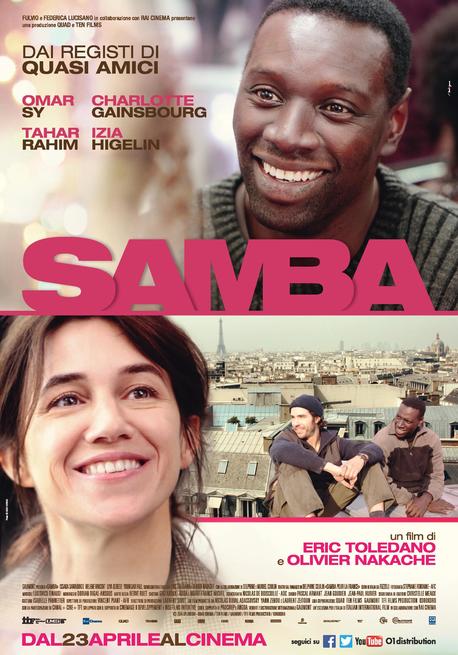

This cookie is set by GDPR Cookie Consent plugin. The cookie is used to store the user consent for the cookies in the category "Other. The cookies is used to store the user consent for the cookies in the category "Necessary". The cookie is set by GDPR cookie consent to record the user consent for the cookies in the category "Functional". The cookie is used to store the user consent for the cookies in the category "Analytics". These cookies ensure basic functionalities and security features of the website, anonymously.

Necessary cookies are absolutely essential for the website to function properly. Never the less, his portrait evolves, clearly and strong, and the voice of this remarkable man is preserved for all of us. An immense amount of information about Cartola is given. Throughout it is thoughtful and indeed sometimes is almost academic. The documentary presents a soulful and important portrait of this important Brazilian composer. Their number does, however, show the strong influence Cartola had. Perhaps in-depth interviews with some of these individuals would have been more effective than having so many included. Interviews with a number of these, such as Sergio Porto and Ishmael Silva are peppered throughout.

He was an inspiration to many famous singers throughout his life. Since clips from many films of the era are used, the viewer gets arresting period images of Rio, of run down apartment buildings and modern high rises, of well kept roads and stunning bridges and of city wide views.Ĭartola had his first samba “LP” called “Cartola” only in 1974 when he was sixty-five years old. The close-ups of some of the women dancers are particularly effective. These beautiful scenes enforce the music which is a constant. Lush scenes from carnival in Rio also are frequently used. And when he sings, one listens to the words that come from his heart. His singing, even when he is at an advanced age, is moving. He has a constant physical presence and seems to look the same age for much of his life. Cartola’s nose is disfigured from having started and yet not finishing plastic surgery. The early musicians playing samba often led risky lives, drinking heavily, occasionally using drugs, and playing all night. Cartola was a fit, thin, man whose face showed the wear and tear of his life. The film uses many clips of his performances and draws from interviews with him. Later, past middle age, he worked as a servant, although a celebrity. At one point, after early success he left Rio and became a mechanic, raising a family. Financial insecurity was a constant for Cartola, even after he was recognized. The first samba school was Deixa Falar (Let Them Speak) and was organized by Cartola. The film traces Cartola’s flamboyant and difficult life from these first performances to the organization of the samba schools, his emergence as a recognized composer, and the dramatic ups and downs of his late career. With direction of Lirio Ferreira and Hilton Lacerda, production of Clelia Bessa, and having in the cast Nelson Sargento, Nelson Motta and Marcos Paulo Simão, the film presents the life of Cartola (Angenor de Oliveira) who was a singer, composer and poet (1909-1980) in chronological order, beginning with the earliest developments of the samba in Rio de Janeiro, Brazil.Ĭartola is a key figure in the growth of the samba – one of the famous developments of Afro-Brazilian music that developed from Portuguese influence in Brazil.


 0 kommentar(er)
0 kommentar(er)
